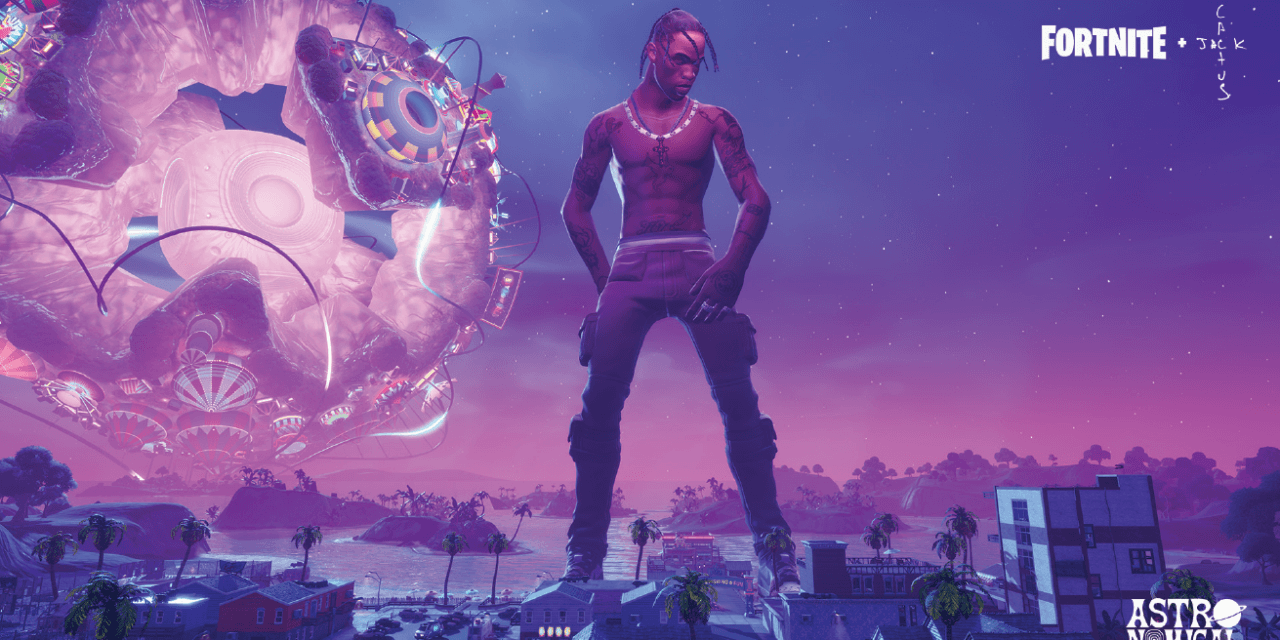Underneath the hype, a synthesis of trends has been brewing that could create opportunities

By Josh Liggett
Principal, Investments Team, OurCrowd
Even in late 2021, most people had no idea what the Metaverse was. Then Mark Zuckerberg announced Facebook’s rebrand to Meta and interest in the Metaverse exploded.
Goldman Sachs estimates the Metaverse to be an $8 trillion market opportunity. Microsoft acquired gaming studio Blizzard for $68 billion to provide the building blocks for its Metaverse play, while Apple CEO Tim Cook declared the Metaverse “very interesting” and told investors the company will “invest accordingly.” Meanwhile, NFTs of Bored Apes began selling for millions of dollars apiece.
While it is easy to dismiss the Metaverse as a fad, underneath the hype, and the absurdity, is a synthesis of trends that have been brewing for a long time and could provide a significant investment opportunity.
Gaming and social media
The core of the Metaverse is the blend of gaming and social media. Similar to “The Oasis” portrayed in Ready Player One, the Metaverse is an immersive online experience to buy or earn rewards and show accolades to friends. It is not that different from users visiting each other’s virtual farms on Facebook’s much-loved Farmville, or challenging a friend in Words with Friends.
What makes the Metaverse different are the technological improvements that allow for more immersive experiences. High-speed internet and 5G connections allow online multiplayer games like Fortnite, Apex Legends, or PUBG to thrive. Discord or Team Speak help online communication. Headsets like the Oculus Quest allow players to have highly immersive online VR experiences.
While online gaming experiences have been available for some time, the Covid-19 pandemic accelerated adoption, paving the way for the Metaverse. With people stuck at home during lockdowns and looking for a way to connect to others, many chose to test the waters of online gaming. There was a 39% global increase in time spent video gaming since the start of the pandemic. Among gamers that started playing since early 2020, 40% say they are likely to continue the same behavior once the health scare is over.
Glimpse of the future
We got a glimpse of the future in April 2020, when rapper Travis Scott and Fortnite collaborated to have five in-game performances over three days for Fortnite players. The potential scale of attendees would be interesting to see, since digital concerts can accommodate an unlimited number of people and are not bound by the physical limitations of a venue. In the days before the concert, players were able to watch the stage being built, interact with each other, and follow the performer around the virtual world as the concert proceeded. The event won widespread praise and demonstrated that in-game concerts could reach a large audience: over 27.7 million unique in-game players participated, Fortnite reported. The company grossed roughly $20 million from the events, including merchandise sales. By comparison, Travis Scott’s live world Astrowold Tour grossed about $53 million.
The Travis Scott event provides a small view of what the Metaverse could look like – real-world events taking place in a digital universe. But what if it went a step further? Instead of using avatars provided by game developers, what if a user could import themselves into the game, controlling their real-world avatar while in the digital world? What if they could join friends at a digital concert, followed by a digital dinner for a digital night out? The timing of concerts could be coordinated with Metaverse-based events, and partnerships with local restaurants could time delivery of food, adding dining to allow a more immersive experience.
Early days
Investors have started pouring money into various assets, including NFTs, startups, and public companies. With so much noise in the market, it is important to remember that we are still in the infancy of the Metaverse, and its technological foundations still need to be completed. With the technology available today, a digital experience at a concert, sporting event, or party still lacks the live sensation that both performers and viewers missed so much during lockdowns and social distancing.
Technology is being developed to enhance the immersive experience of the Metaverse with touch, feel and other sensations that would make it even more like an in-person event.
During the Gold Rush, instead of heading west, smart investors bet on picks and shovels and other essential tools. We approach investing in the Metaverse by backing core technologies enabling the creation and functionality of one, or multiple Metaverses – or is it Metaversai? Specific digital content or assets – even Bored Ape pictures – may occupy the spotlight in social media and news cycles but, just like the Internet, the Metaverse is going to be built and maintained by technology companies that serve as the keystones to building online immersive experiences.
Will we ever reach the full Ready Player One Metaverse? It is too early to tell. What is certain is that online experiences are already becoming more immersive and common, and the opportunity is already available to invest in early-stage companies serving as the building blocks of the Metaverse to come.
Read more about OurCrowd’s Metaverse-related companies: TetaVi. ByondXR, Edgybees, NSLComm, and D-ID.




